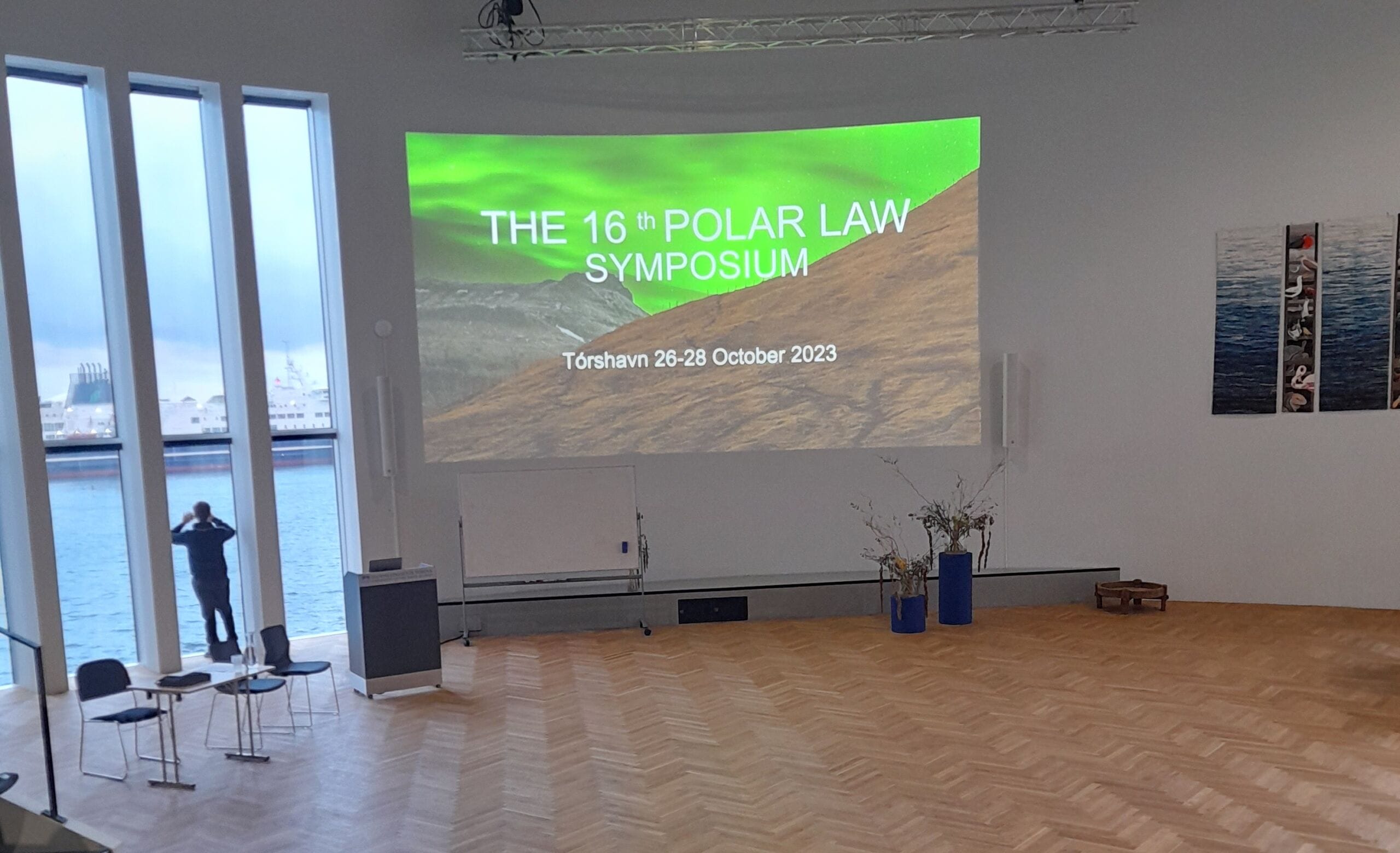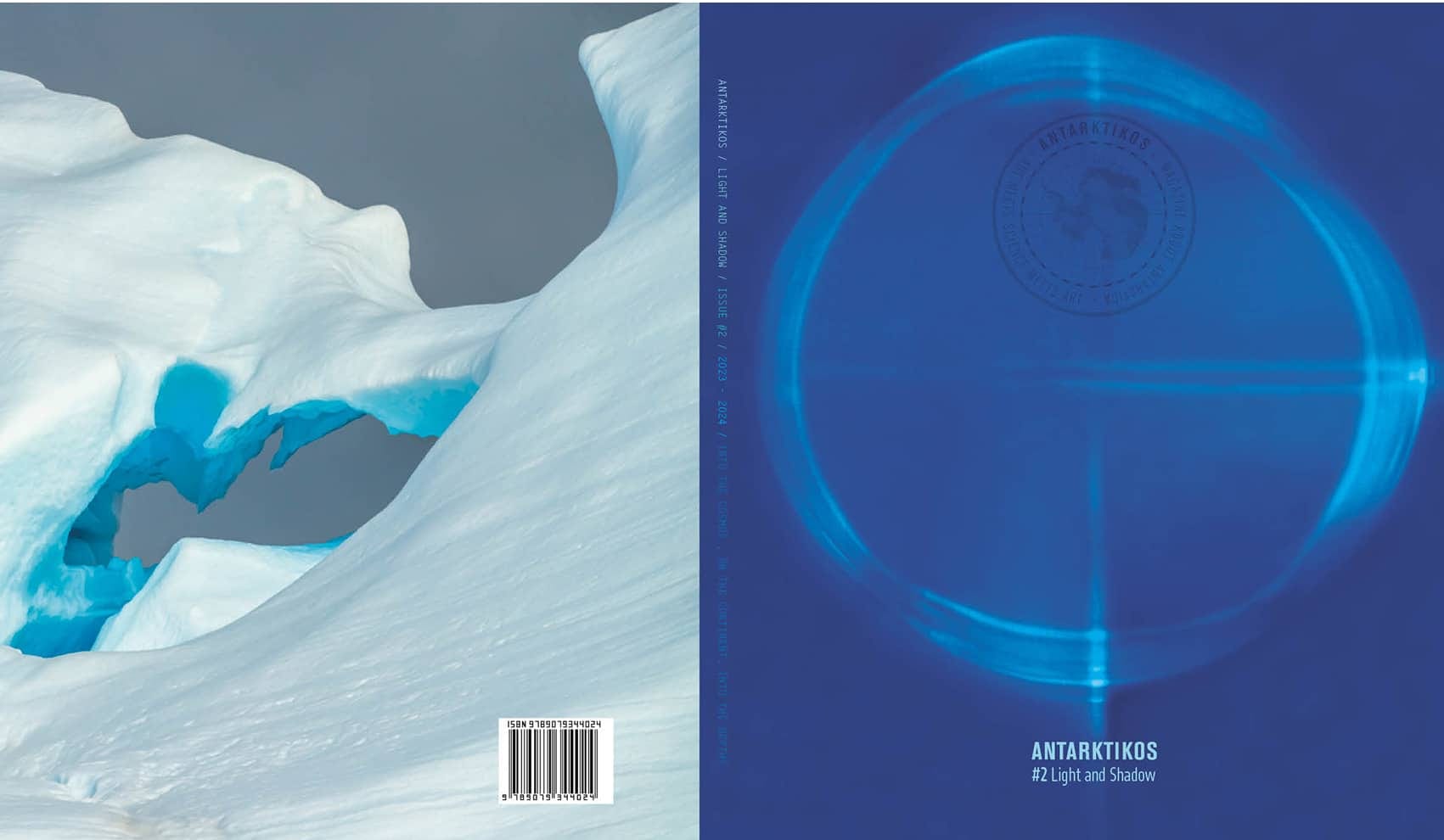
In January this year several APECS Netherlands members joined the yearly Arctic Frontiers conference in Tromsø, Norway. Below you’ll find short personal reports on the different experiences of APECS members Max Holthuis, Fokje Schaafsma and Douwe Maat who joined the meeting and associated programs. We want to encourage APECS Netherlands members to consider application to any of these programs next year. Ofcourse we will keep you informed via our website and social media!
Max Holthuis – MSc student, Vrije Universiteit, Amsterdam
This year, the Arctic Student Forum took place between 20 and 25 January. It is a nice combination of lectures, workshops, visits to NPO’s and participation in the Arctic Frontiers conference. While the Arctic Student Forum provides activities in the policy, business and science sector, this year’s main focus was on policy-making in the Arctic. In more precise terms, this year’s focus was on the United Nations’ 17 Sustainable Development Goals in the Arctic.
The first part of the Student Forum focussed on how the Troms County invested in sustainable development. By visiting several organisations in the area, we learned how proper health care was made available throughout the County, what kind of new, sustainable companies were developed, how these companies contributed to more research and sustainable development in the region and how one of the main transport companies in Norway, Hurtigruten, were reducing their imprint on the environment to be an example to other companies. On top of this, we had lectures and discussion sessions about what kind of problems the 17 Sustainable Development Goals encounter and how we would try to solve these problems.
During the second part of the Student Forum, we visited the Arctic Frontiers Conference and prepared our group projects. We had to develop a project that aimed to make process in one or more of the UN sustainable development goals. In the end, this included a wide variety of projects, from cultivating and harvesting seaweed as sustainable food source, to creating an international language camp to improve international cooperation, to developing communication networks in the most remote places in the Arctic. These projects were presented to a strict panel, which would point out the good points and deficiencies of the project and ask us how we would solve these deficiencies. As we had to think a bit out of the box, it was a very fun thing to do!
Next to all the educational activities, the social aspect was also very important. Every day of the week you are together with the other participants, from different fields of science and a lot of different nationalities. This gave me a broader view on Arctic policy and science and it created a close knitted group, despite the limited duration of the Student Forum. I think the Arctic Student Forum was a great opportunity to learn more about policy-making in the Arctic, to visit the Arctic Frontiers conference and to meet a lot of great present and future (Arctic) scientists.

Max Holthuis (11th from top left) with other participants of the Arctic Student Forum in front of Hurtigruten M/S Spitsbergen
Fokje Schaafsma – PhD student, Wageningen Marine Research, Den helder
On the 23th of January, I joined the Arctic Frontiers conference in Tromsø because it is a good opportunity for scientists to get an idea of the recent work that has been going on in the Arctic, share the newest findings and to meet people working in this regions. This year it was entitled “White space-Blue future”, discussing gaps in knowledge and the role these have in the future. This conference was opened with a nice visit to the Polar museum in Tromsø, were we could enjoy a lot of information of early exploitation of Arctic resources such as seal hunting, and Norwegian pioneers in exploring the Arctic.
The conference is also meant to bring science, policy and business together. On the first days there were many discussions aiming to bridge these three different subjects that can have really different views, opinions and perspectives on, for example, how to deal with climate change, how to manage and use the resources provided by the Arctic, and what we know about the Arctic Ocean. From a biologists point of view it is always good to see that there are other stakeholders that might see things differently than you do. And it also made me realize again how difficult the politics and decision making is in this beautiful area.
During the second half of the week the science and business were more split up, which gave me the opportunity to hear many talks about ongoing scientific research in the Arctic Ocean. Since Svalbard is a place from which a lot of scientific research is conducted, one afternoon was filled with a Svalbard symposium focusing specifically on investigations done there. In the other days there were a lot of people from many different countries describing results from many different areas in the Arctic. There were too many things to point out here, but there was a clear common tread: the Arctic Ocean has been warming, sea ice has been declining and this already has had effect on the many creatures living there. Hopefully, the much hard work that is being done will improve our knowledge to help protecting the Arctic and everything that is living in and around it.
Impression of the conference by Fokje Schaafsma. Clockwise: 1) areal view of Tromso form the airplane; 2) Entrance of the conference venue at the University of Tromso; 3) Benjamin Lange of the Alfred Wegener Institute in Germany, showing the latest result on measuring life within sea ice; 4) a symposium dedicated to Svalbard showed the variety of work that is being done here.
Douwe Maat – Postdoc, Netherlands Institute for Sea Research, Texel
The goal of the Arctic Frontiers Emerging Leaders program is to bring early career professionals from science, industry and policy together to further develop and broaden their understanding on a changing Arctic, and with the focus on sustainable future activities in this region.
On the 18th of January I landed in Bodø (67˚ N) after my bumpiest flight ever. Welcome back to the Arctic! Soon I met all the other participants (24 in total) and mentors of the program: a very interesting mix of 11 nationalities and different professional backgrounds. The first 2 days we spend in Bodø in different places, amongst which the national ‘Joint Rescue Coordination Centre’ from where all ‘search and rescue’ operations in Norway, including the Norwegian Arctic, are coordinated. During the first days we had talks from highly involved people such as the director of the Rescue Coordination Centre, a brigadier in the Norwegian Armed Forces and the director of Akvaplan Niva, a company involved in research and sustainable development in the Arctic. The talks spanned a very wide spectrum with topics concerning safety and security in the Arctic, geopolitics, Arctic fisheries, oil and gas production and the Arctic council. The talk that impressed me most was by a senior advisor of the Norwegian space center, who demonstrated how satellites can be used to automatically detect illegal fishing activities and oil spills. During these first days the participants also had the chance to give short presentations on their background and current activities.
In the evening of the second day we boarded the MS Spitsbergen for a sea voyage to Lofoten and later further on to Tromsø. During the view hours of daylight, and when there was not too much snowfall, we could appreciate the magnificent view on the Norwegian mountains, but most of the time we were working on a specific assignment that was given to us. Our assignment was to discuss our vision of a ‘green shift’ in the Arctic. It was interesting to see the different perspectives within our group. Whereas I, as a scientist, have large concerns about activities such as production of fossil fuels and fisheries, others living in the Arctic and being dependent on those activities also advocated the importance of such economic activities. An interesting point of view was by a participant from the Inuit community in Canada who stressed the fact that the Inuit across the Arctic are most affected by any changes, but have a relatively low voice in these politics. We presented our different perspectives and key points to an audience of ambassadors and people from industry during the Arctic Frontiers meeting.
All in all I think this was really a wonderful program that showed me a completely different perspective of the Arctic. One thing that I missed though, and which I also have mentioned during the evaluation, was a stronger voice of independent scientists during the program. As a scientific participant it’s more natural to think critically of statements by industry about sustainability, but for the non-scientific participants it is important to learn about ‘both sides of the story’ to be able to develop a well-informed opinion on these important matters. Just one last note on how I got involved with the program. In December last year I got a phone call by the Dutch embassy in Oslo. They asked me to participate and offered financial support. When I asked how they got to me, they told me that this was because of my activities for APECS Netherlands. I think this is a great example of what APECS can do for you (one of the topics of our last symposium); how APECS is a great platform for networking and really pushes your career forward!

Douwe Maat with other participants of the Emerging Leaders program (l) and Fokje and Douwe during the Svalbard symposium at Arctic Frontiers (r).






